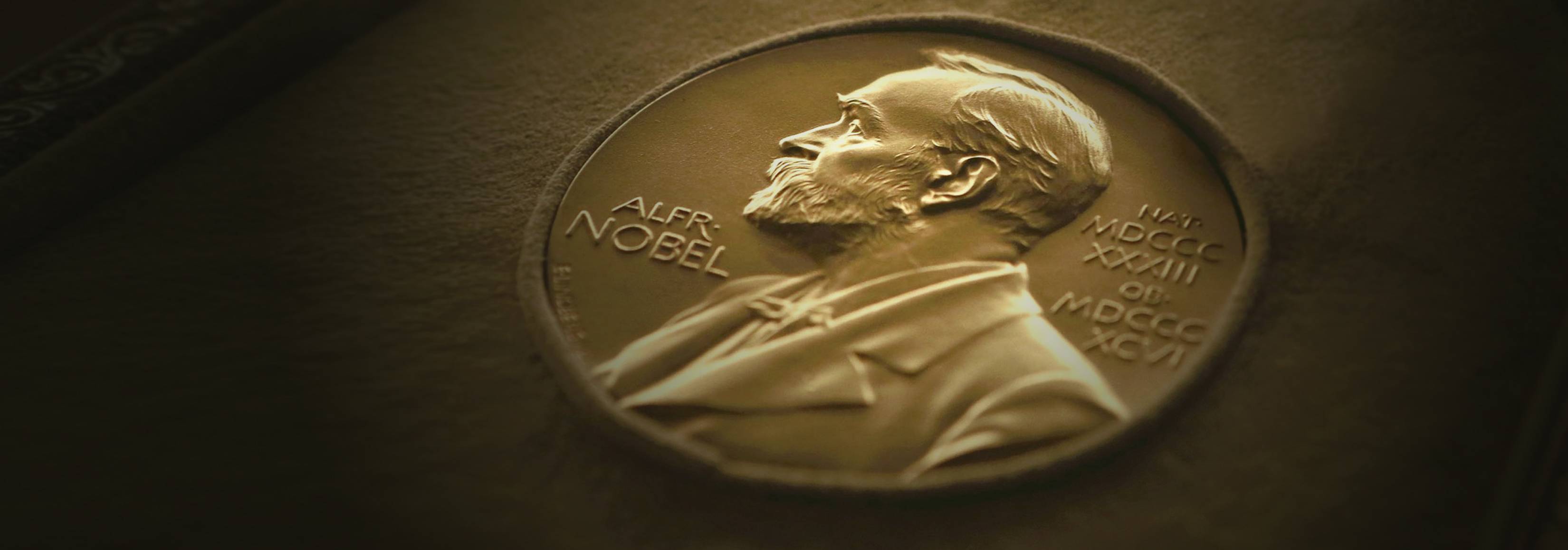In 1910, Rockefeller Institute scientist Peyton Rous caught the attention of the worldwide scientific community when he revealed that cancer can be caused by a virus. Dr. Rous’s finding turned scientific dogma on its ear and offered a vast array of possibility for further research, but it would take 60 years and a second revolution of accepted doctrine to explain the infection mechanism of tumor viruses. In 1970, David Baltimore — discovered reverse transcription, the process by which retroviruses infiltrate healthy cells and use the host’s cellular machinery to replicate. For this discovery and his subsequent work with reverse transcriptases, Dr. Baltimore received a share of the 1975 Nobel Prize in Physiology or Medicine.
In the late 1950s, Renato Dulbecco, working at the California Institute of Technology, had clarified how a DNA tumor virus changes a normal cell into a cancerous one: Viral DNA gets into the nucleus of the cell, where it is combined with the cellular DNA. Every time the cell divides after that, the traits picked up from the viral DNA (including immortality) are passed on to daughter cells, creating ever-perpetuating cancer cells. In the 1960s, Howard M. Temin, previously a student of Dr. Dulbecco’s, made an even bolder proposal: that an RNA tumor virus — in which the genome is composed of RNA, rather than the more stable DNA molecule — might also be capable of infecting healthy cells, by creating a DNA copy of itself. His idea was not well received in the scientific community, as it ran counter to a core tenet of molecular biology: that DNA is transcribed into RNA, never the other way around.
In 1970, Dr. Temin and Dr. Baltimore both independently found proof of the eye-opening theory. While Dr. Temin, at the University of Wisconsin, Madison, found it in avian myoblastosis virus, Dr. Baltimore, at the Massachusetts Institute of Technology, was working with the Rauscher murine leukemia virus and the Rous sarcoma virus (the virus with which Peyton Rous had first observed the virus-cancer connection 60 years earlier). Using nonionic detergents, Dr. Baltimore rendered the virus membranes permeable, allowing him to inject deoxynucleotides into the particles, to act as a kind of lure. Among other possibilities, he was looking for evidence of a viral polymerase, a special enzyme involved in genetic transcription that, if present in the virus, would be called out of hiding and into action by the presence of the deoxynucleotides. When he detected the synthesis of DNA following the template of the virus’s RNA genome, Dr. Baltimore effectively proved the theory of reverse transcription. The viral polymerase — now known as a reverse transcriptase — transcribes single-stranded RNA into single-stranded DNA and then goes further to help effect the transformation to double-helix DNA.
For their work, Drs. Dulbecco, Temin and Baltimore shared the 1975 Nobel Prize. Continuing his work with reverse transcriptases, Dr. Baltimore went on to devise the Baltimore classification system, a taxonomy that classifies viruses into seven groups according to their genome type (RNA/DNA, single-stranded/double-stranded) and their method of replication. Since viruses of the same category share many behavioral traits, the system gives researchers a starting place for the study of individual viruses.
The implications of Dr. Baltimore’s reverse transcriptase discovery go much further than virology, significantly impacting the fields of oncology, molecular and cell biology and biotechnology as well. Scientists have discovered, for example, that many normal cells have copies of ancient viral RNA very similar to that of currently known RNA tumor viruses, and if treated with certain chemicals, that viral RNA can be released from the cells and transform into fully functional viruses. The isolation of reverse transcriptases, pioneered by Dr. Baltimore, is also now used in recombinant DNA technology and to apply the polymerase chain reaction technique to RNA, enabling the rapid cloning of millions of copies of proviral DNA for research. In the early 1980s, reverse transcription was instrumental in the identification of human immunodeficiency virus as the cause of AIDS, and reverse transcriptases subsequently became a successful therapeutic target for the disease, resulting in several HIV-suppression drugs.
CAREER
Dr. Baltimore received his Ph.D. from Rockefeller University in 1964. He joined Massachusetts Institute of Technology as associate professor in 1968, becoming professor in 1972 and being named American Cancer Society Research Professor in 1973. He joined the staff of the MIT Center for Cancer Research in 1974 and in 1982 founded the Whitehead Institute for Biomedical Research, which he then served as director. He assumed the presidency of Rockefeller University in 1990 and continued as a member of the Rockefeller faculty after his presidential tenure, returning to MIT in 1994. In 1997 he accepted the presidency of the California Institute of Technology, serving until 2006, when he began his current position as Robert A. Millikan Professor of Biology. Dr. Baltimore is a member of the National Academy of Sciences and the Institute of Medicine, a foreign member of The Royal Society and a fellow of the American Association for the Advancement of Science, which he served as president in 2007. In addition to the Nobel Prize, he has received the National Medal of Science.
